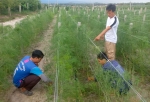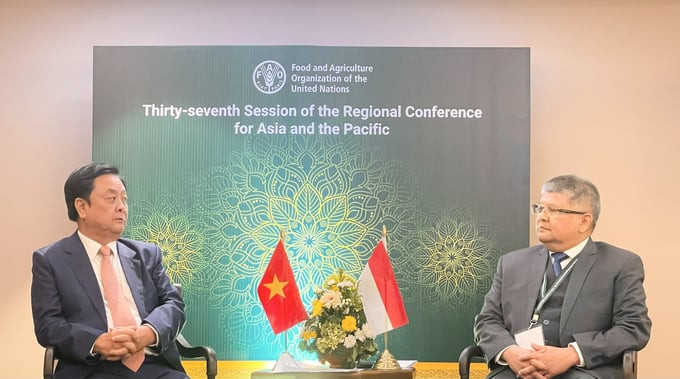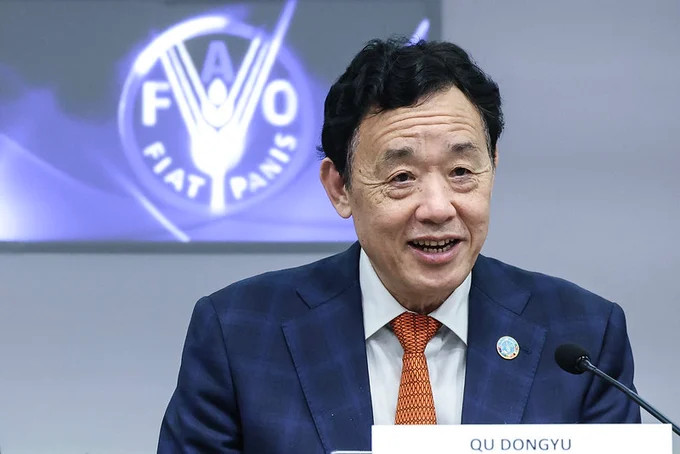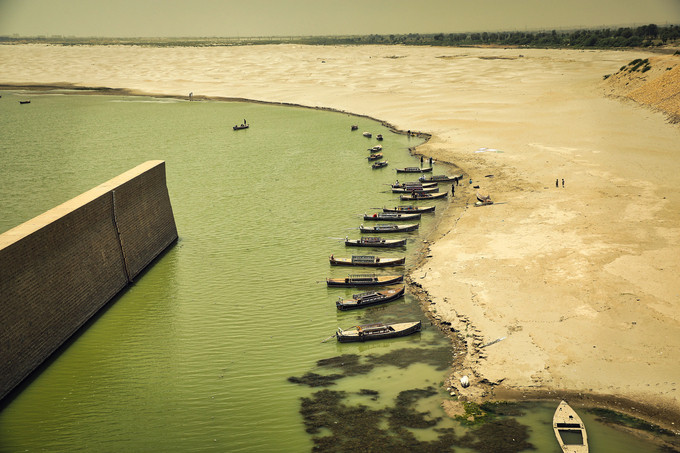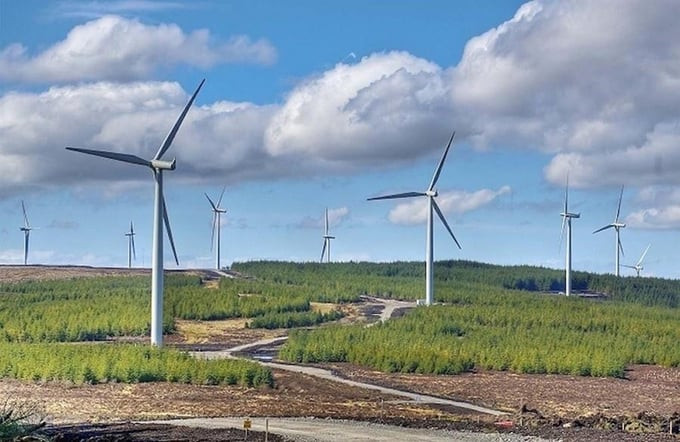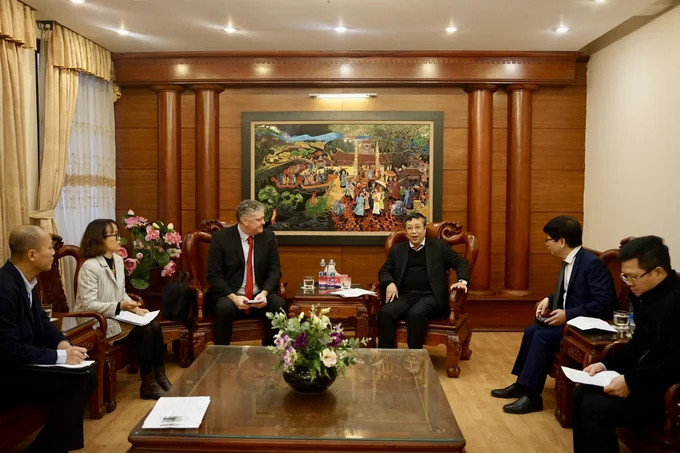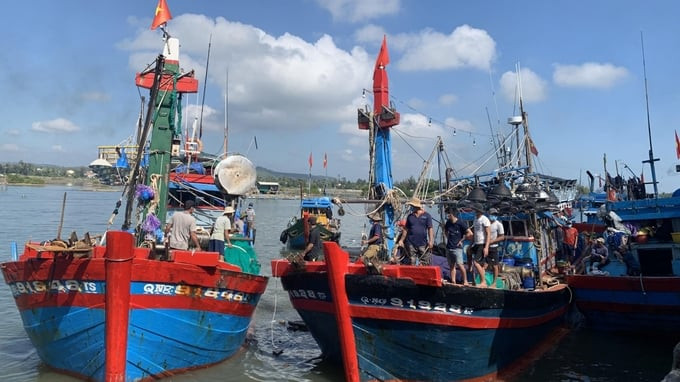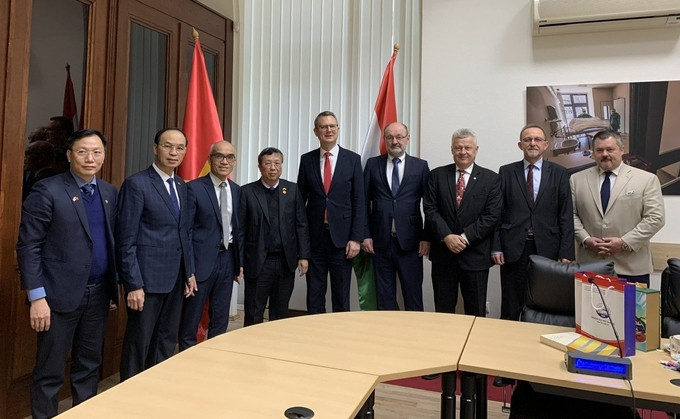Recent scientific findings demonstrate saline intrusion, land subsidence, floods, riverbanks, and coastal erosion. These common types of natural disasters are affecting the strategic development process of the Mekong Delta. The main reason is the need for more sediment from unsustainable sand mining activities.
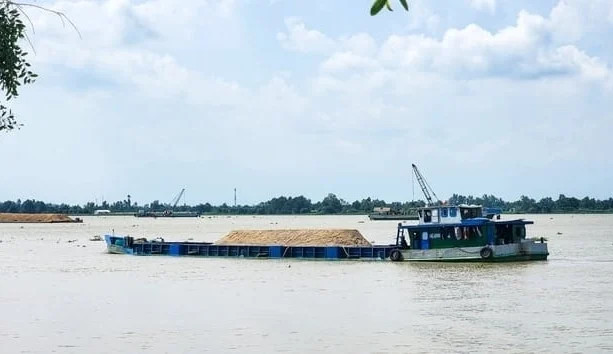
Unsustainable sand mining causes increased saltwater intrusion, land subsidence, flooding, and coastal erosion in the Mekong Delta
Reducing dependence on river sand sources through research and evaluation of the sustainability of sand replacement materials is a necessary solution to prevent natural disasters. Mr. Luong Van Hung, a Department of Construction Materials (Ministry of Construction) representative, expressed that sand resources in the Mekong Delta are minimal, and localities need to strengthen regional links. In particular, the Southeast region is assessed to have significant alternative material sources, which can support compensation and create a balance in material sources for the Mekong Delta.
Mr. Ha Huy Anh, National Manager of the Mekong Delta Sustainable Sand Management Project under WWF Vietnam, informed that the German consulting group has identified 18 materials capable of replacing river sand. Among them are eight types with very high reserves and potential in the South.
The first common material in the Mekong Delta is rice husk ash. Statistics in 2022 show that the entire Mekong Delta region has about 10.7 million tonnes of rice husks, equivalent to about 1.9 - 2.7 million tonnes of rice husk ash. Large-scale rice processing factories in An Giang, Dong Thap, and Tien Giang can provide this material. Recently, rice husk ash has been used as an additive for concrete production.
Next is crushed sand, taken from waste rock and crushed rock in quarries in the provinces: An Giang, Kien Giang, Dong Nai, Binh Duong, Binh Phuoc, Ba Ria-Vung Tau, and Dong Thap. Institute of Construction Materials states that in 2019, the South could supply 2.5 million m3 of crushed sand/year. Crushed sand has recently been used to make mortar, plaster, low-grade concrete (concrete with low compressive strength), or produce unburnt bricks.
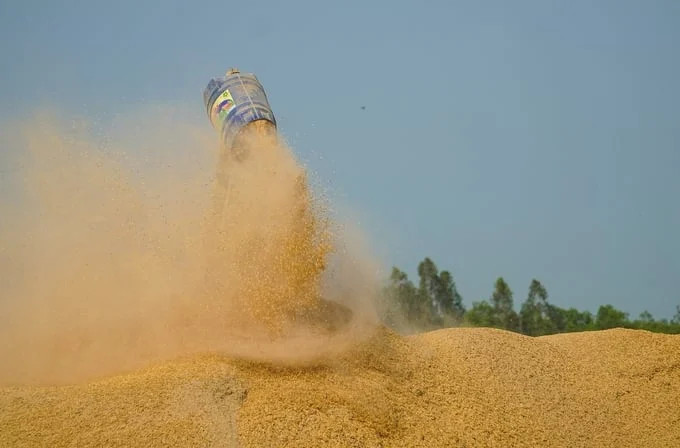
Rice husk ash and sugarcane bagasse ash are in the group of 8 potential river sand replacement materials with high reserves in the South
Bagasse ash taken from sugar factories with bagasse burning activities in Tay Ninh and Soc Trang provinces was also identified by Mr. Ha Huy Anh as an effective replacement material. Mr. Huy Anh assessed that bagasse ash is being researched worldwide to replace sand in mortar and concrete.
This material has been researched in Vietnam to replace cement in concrete production partially. According to statistics, in 2022, the country has about 7.5 million tonnes of sugarcane, so 36,000 - 72,000 tonnes of bagasse ash can be collected.
In addition, other materials, such as recycled concrete (cork), bottom slag, blast furnace slag, waste glass, and waste rubber, also have great potential to replace river sand. Typically, from 3.28 million tonnes of solid waste/year, 0.33 million tonnes of debris/year can be created. Bottom slag from thermal power plants using coal in Tra Vinh, Dong Nai, and Hau Giang has reserves of about 940 thousand tonnes/year.
Recently, many domestic studies have used recycled concrete in construction and transportation. From that practical effect, Mr. Ha Huy Anh recommended that the authorities promote the development of alternative materials in the coming time, moving forward to promote the economical use of sand in construction projects.
In the construction of highways, it is possible to consider the option of building a viaduct, which not only solves the problem of sand shortage but also maintains the connection between water and sediment, between the main riverbed and the river and the plains through canals.
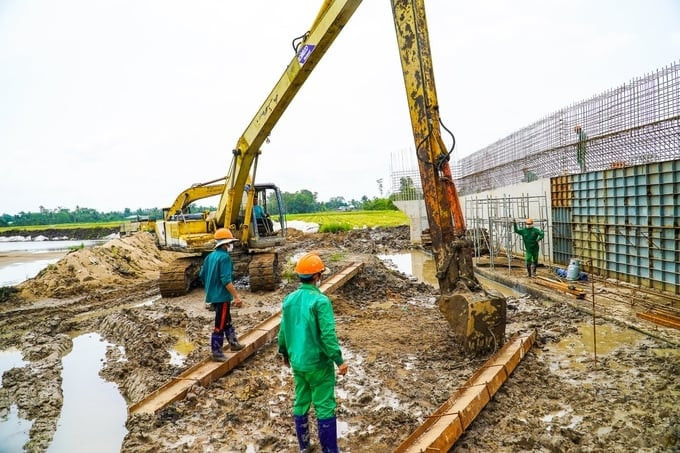
Experts say that the plan to build viaducts on highways solves the sand shortage problem and maintains the connection between water and sediment
The reserves of the above materials are estimated based on collecting reported data from localities. Currently, WWF Vietnam is coordinating with the Institute of Construction Materials to conduct a realistic assessment of each material's exploitation and supply capabilities. From there, consider effectiveness and determine costs to promote research and development of alternative materials.
The conversion from river sand to alternative materials takes about 5 - 10 years. Therefore, Mr. Ha Huy Anh proposed that the State should improve the legal mechanism to promote the development of alternative materials and expand market share.
Translated by Diep Ha






